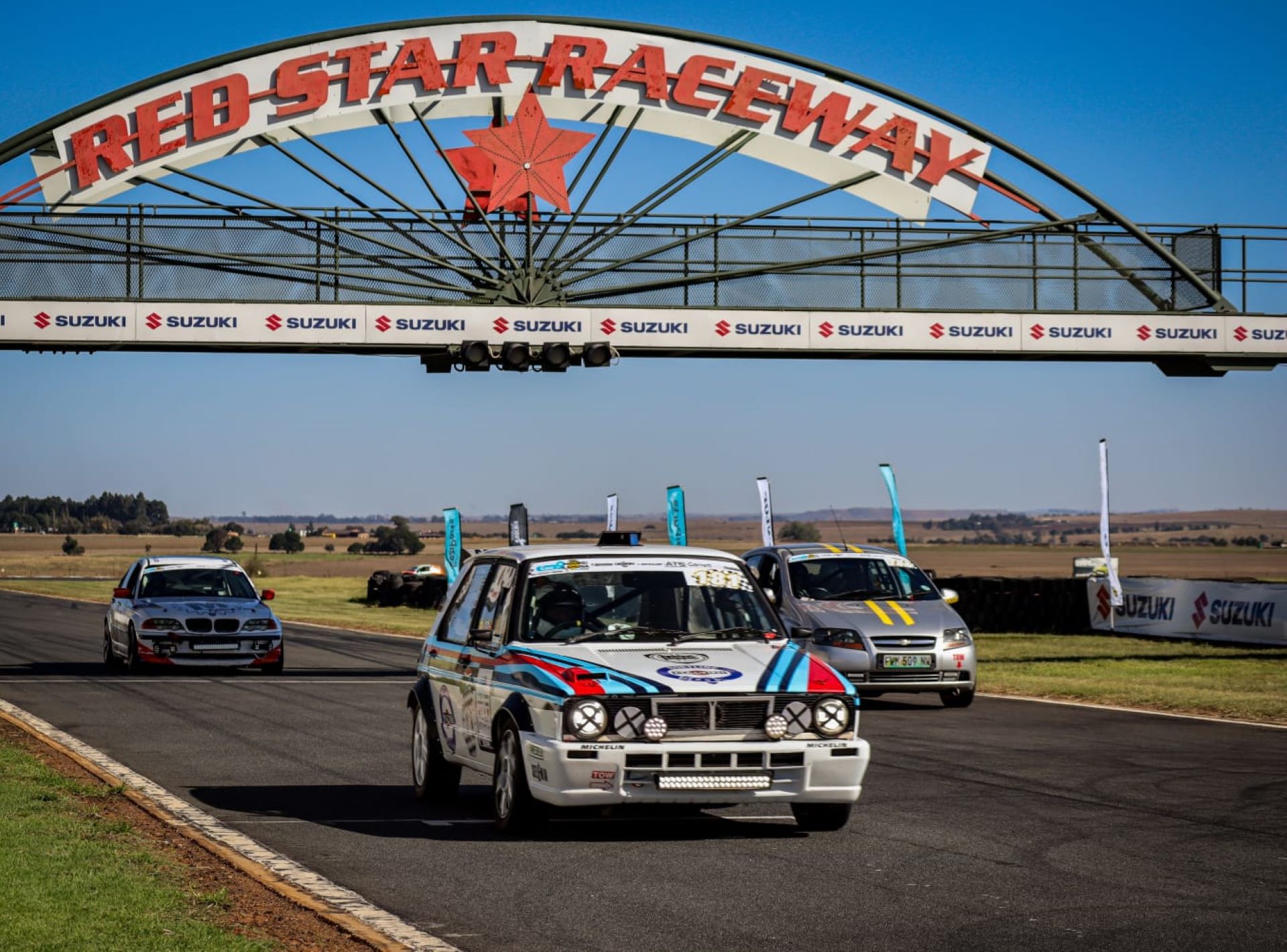Just ten years ago, diesel powered cars were a rarity in South Africa. Today, however, they account for an ever-growing share of the passenger car market and Renault’s diesel engines are among the most sophisticated available to the South African motorist.
Diesel engines have always delivered superior fuel economy to their petrol-powered counterparts, but until fairly recently they have not been able to compete in terms of refinement, performance and overall driving pleasure.
The evolution of Renault’s diesel powerplants has seen all of these factors improve radically in the last decade, progressing through engines with indirect injection, direct injection, and direct injection with turbo charging and ultimately the common-rail turbodiesel family of engines available today. Now, the diesel-engined models in the Renault range no longer have to take a back seat to their petrol-powered siblings.
Since the introduction of dCi engines across its range, Renault diesel sales have grown massively. It is instructive to examine the advances made by diesel-engined cars in the UK market: In 2001, when dCi engines first became widely available across the Renault model range, sales of diesel-powered cars grew by 85.6 percent. Today, diesel’s share of Renault’s sales is closer to 25 percent.
A graphic example of how Renault’s diesel technology has advanced in recent years can be seen in the following comparison between the Renault 21 1.9GTD of 1992 and the current Laguna 1.9dCi:
Compared to its younger successor, the 21 1.9GTD fares well in the fuel economy and CO2 emissions stakes. Against the Laguna’s 5,5 l/100 km in the combined cycle and 150g/km CO2, the 21’s figures of 6,6 l/100 km and 174g/km are very good for a ten year old car.
However, it is when the figures for performance and refinement measures are compared that the advantage of common rail technology over indirect injection becomes readily apparent.
Renault 21 1.9GTD Renault Laguna 1.9dCi
Power 48 kW @ 4500 revs/min 81 kW @ 4000 revs/min
Torque 118 Nm @ 2250 revs/min 260 Nm @ 2000 revs/min
Top speed 154 km/h 194 km/h
0-100 km/h 16,5 sec 12,3 sec
Combined cycle 6,6 l/100 km 5,5 l/100 km
Noise dBA @ Full load 96dBA @ 4000 revs/min 71.2dBA @ 4000 revs/min
Particulates/NOx & HC 0.0995g/km / 0.737g/km 0.047g/km / 0.503g/km
The Laguna 1.9 dCi’s engine offers an improvement of 1,1 l/100 km and 24g/km of CO2. But in addition it greatly improves driving pleasure and responsiveness, with more power –
81 kW vs 48 kW – more torque – 270 Nm vs. 118 Nm – and being more than four seconds quicker to 100 km/h. Most tellingly, refinement & noise levels are reduced enormously by common-rail diesel technology.
As the name would suggest, the ‘Common Rail’ system uses a rail – effectively a storage
tube – rather than a distributor pump, within which the injection pressure is maintained independent of the engine speed and controlled according to the engine’s output needs. The injectors for each cylinder are electronically fed directly from this ‘common rail’, precisely controlling the quantity of fuel injected and the timing of the injection.
Because the injection pressure is higher than in a conventional diesel – 1350 bar vs. the usual 900 bar – the fuel droplets in the injection spray are much smaller. Combustion is therefore more complete, and emissions of smoke and particulates, including CO2, are reduced. In addition, the engine is quieter in operation and exhibits enhanced throttle response compared to a normal turbodiesel.
Fuel injection is independent of engine speed and is modulated according to the engine’s requirements by an electronic control unit located at the pump outlet. Electronically-controlled solenoid-type fuel injectors deliver the fuel to the individual cylinders, ensuring optimum delivery rate, timing and duration.
Before each combustion cycle, a small quantity of fuel is injected into the cylinder. This raises the temperature and pressure in the combustion chamber, reducing the main injection self-combustion time, and ensuring a smoother, more gradual combustion process. This is the primary reason for the reduction in engine noise.
Other innovations used on Renault diesel engines include the use of a multi-fin variable nozzle turbo, with pneumatically controlled vanes, for improved throttle response and efficiency over a wide operating range. It is cooled by the engine coolant, for greater longevity and lower maintenance.
On certain models an EGR (exhaust gas recirculation) valve is fitted. This allows burned exhaust gas to be mixed with incoming air at medium speeds to reduce the formation of oxides of nitrogen (NOx), reducing emissions as a result. In addition to the conventional catalytic converter, an oxidising pre-catalyst installed close to the turbocharger results in better emissions performance from cold starts.
Reduction of the amount of engine rattle when cold is achieved through pre-injection. The common rail supplies a pre-injection (or pilot injection) several thousandths of a second before the main injection. This optimises the rate of pressure rise and lowers thermal loads at the moment of combustion, greatly reducing rattle by allowing combustion to take place progressively, avoiding too steep a rate of pressure rise.
Balancer shafts housed in the cylinder block significantly reduce the acyclic phenomena associated with the four-cylinder in-line layout, contributing further to enhanced engine refinement and reduction of the characteristic diesel “rattle” at idling speeds, and inlet manifold shutoff valves prevent engine rocking at shut down.
On the 1.5 dCi diesel engine, only that quantity of fuel which is actually needed is pressurised, thus improving efficiency with a consequent gain in fuel economy. It is also equipped with individual calibration for each injector, which allows the injection timing and quantity to be individually controlled for each cylinder.
This injection system allows better control of the quality of combustion and notably of pre-injection, which is continually adjusted. Thanks to a continuous process of checking and self-calibration (Accelerometer Pilot Control), the pre-injection quantity is always perfectly controlled throughout the life of the engine, to the benefit of performance, exhaust emissions and noise levels.
The injectors use a technology which allows a small force to open and close the needle, despite the high pressures employed. This has allowed both the valve and its operating solenoid to be miniaturised and installed at the heart of the injector, close to the needle. This yields shorter response time, allowing pre-injection to take place closer to the main injection, for even greater acoustic benefits.


